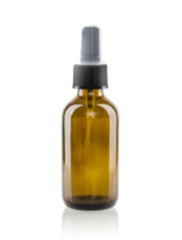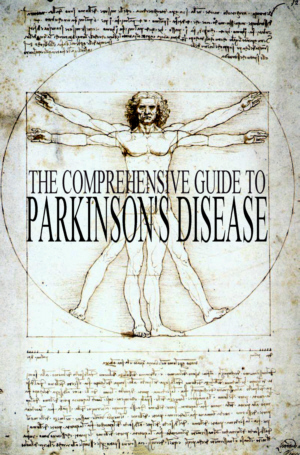|
�
�
�
� � |
Parkinson's Disease News covers
all significant new research, reports, books, and resources concerning
Parkinson's Disease.
Articles are chosen on the basis
of their medical significance or potential interest. Our overwhelming priority
is the facts, regardless of whether they contradict prevailing views or vested
interests. Analysis and further information are provided
either to explain the background or implications, or to
balance misleading claims. If you notice errors or inadequacies, or dispute what is
written, or want to propose articles, please
e-mail
[email protected].
 ��� � ��� �
 ����� �����
 �� �� �� ��
 ���� ����
 ��� � ��� �
 ���� ����
 ���� ����
 ���� ����

�
17th May - New research
LIQUID L-DOPA FOR PARKINSON'S DISEASE
|
�CLICK HERE
FOR A
PRINTABLE OR WHITE BACKGROUND VERSION OF THIS ARTICLE |
Liquid L-dopa is usually taken as a combination of L-dopa, carbidopa, and
ascorbic acid (vitamin C) in a solution called LCAS. Therapy with liquid
L-dopa has been used in people with advanced Parkinson's Disease for many
years. However, long-term follow-up information is scarce. The present study
aimed to determine the long-term retention rate for LCAS therapy, and to
identify the causes of LCAS therapy withdrawal.
 |
People with Parkinson's Disease were assessed who had undergone LCAS
treatment to alleviate motor complications that were not controlled
by optimised conventional Parkinson's Disease treatments. The three
main reasons for discontinuation of LCAS treatment were worsening of
wearing-off symptoms, persistent dyskinesia, and poor drug
adherence. However, there were a small number of each of these.
Around 37% of people maintained the LCAS treatment after 12 months.
In those people, on time without dyskinesia significantly increased
from 33% to 57% after the initiation of LCAS treatment. Around 31%
of patients were still receiving LCAS treatment after 30 months.
In order to refer to this article on its own
click here
|
Reference : Journal of Neurological Science
[2017] 377 : 6-11 (H.J.Yang, G.Ehm, Y.E.Kim, J.Y.Yun, W.W.Lee, A.Kim,
H.J.Kim, B.Jeon)�
Complete abstract
 E-MAIL NOTIFICATION : If you would like to be
notified by e-mail when any new articles
are added to Parkinson's Disease News,� please merely
e-mail
[email protected] with the message
"subscribe".� No form of identity is required.� E-mail addresses are
not used for any other purpose. E-MAIL NOTIFICATION : If you would like to be
notified by e-mail when any new articles
are added to Parkinson's Disease News,� please merely
e-mail
[email protected] with the message
"subscribe".� No form of identity is required.� E-mail addresses are
not used for any other purpose.
|
|
|
|
�
 |
THE
COMPREHENSIVE GUIDE TO PARKINSON'S DISEASE
The Comprehensive Guide to Parkinson's
Disease, which is fully referenced, and over 800 pages long, is
the most comprehensive book concerning Parkinson's Disease. It includes the history of Parkinson 's Disease, famous
people with Parkinson's Disease, the complete biochemisty of
Parkinson's Disease,
its cytology and cytological effects,
anatomy and anatomical effects, physiology and physiological
effects, symptoms of every system in the body, the diagnosis methods
(observational, technological, chemical), biochemical causes, all the toxic causes, all the genetic causes, all the
pharmacological causes, all the medical disorders that cause Parkinson's Disease
symptoms, its treatments (biochemical, pharmacological,
surgical, natural, exercise methods, technological methods),
including all those treatments that exist and all those treatments
presently being developed, Parkinson's Disease organisations,
Parkinson's Disease web sites, and books on Parkinson's Disease
nursing.
CLICK HERE FOR MORE DETAILS |
�
|

|
� �
�
�
�
�
�
�
�
�
�
�
�
�
� |
.gif)
.gif)
 ��� �
��� �
 �����
�����
 �� ��
�� ��
 ����
����
 ��� �
��� �
 ����
����
 ����
����
 ����
����




